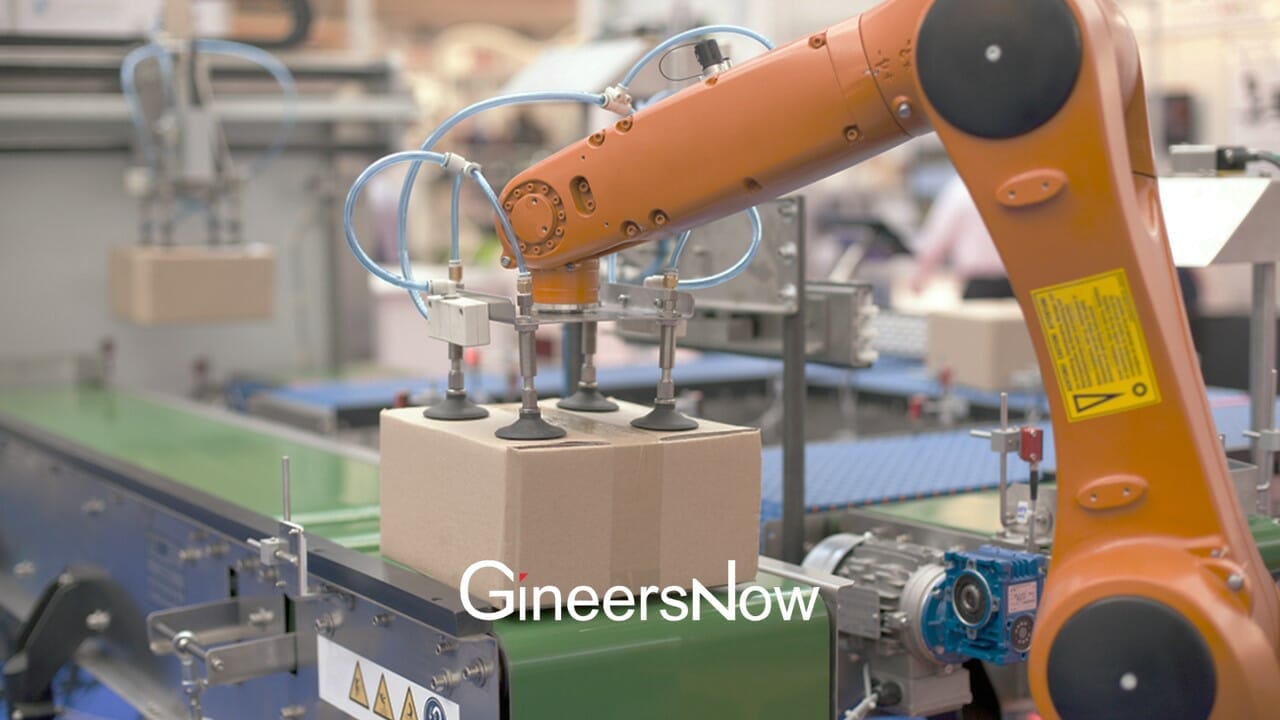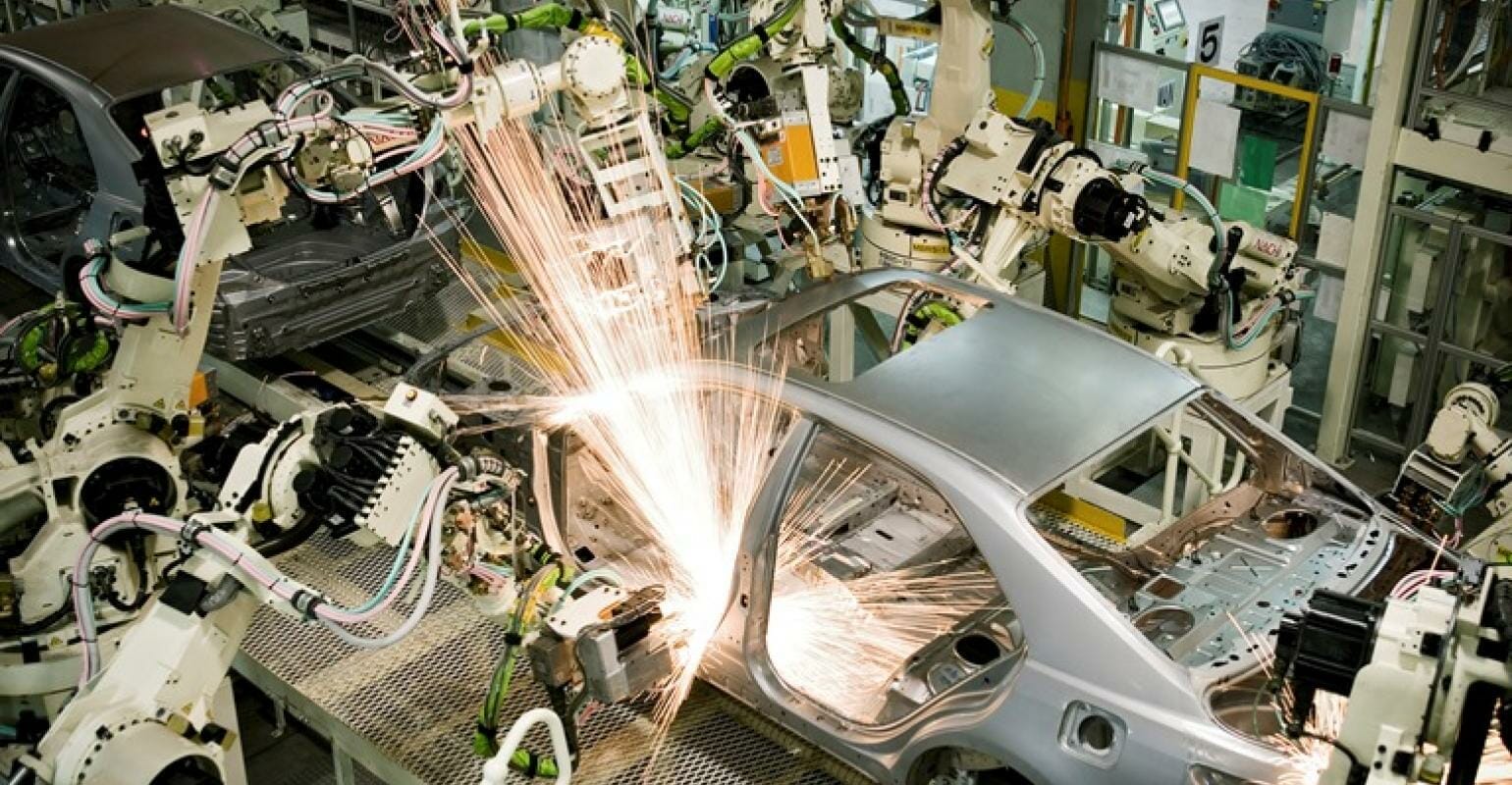The introduction of newer technologies has completely transformed the manufacturing industry, and one of these technologies is injection molding.
The injection molding process was developed to help manufacturers produce various parts, including plastic components for cars, appliances, kitchenware, clothing, and many more. Injection molding helps improve product quality while reducing the overall production cost significantly.
Here are the basic steps in injection molding.

Design the Product
The first step is designing the product. The design of a part or component should be very detailed so the manufacturers will have complete knowledge about its production and assembly.
Designing the product using computer-aided design (CAD) software allows manufacturers to visualize a product and test it on different screens. Using this technology, product designers can create models with high accuracy and in very little time.
Create a Mold for the Product
The next step in injection molding involves creating a mold for the product. Creating molds involves selecting and designing suitable materials according to the required specifications.
Drawing tools help designers communicate their ideas with other people involved in the design process, such as analysts, engineers, and project managers, at any phase of a project. In addition, analysis and simulation tools are useful when designing a mold.
Prepare and Measure the Material
Manufacturers should prepare the material for injection molding in a precise way. You should measure the material accurately to ensure that it meets design requirements and conforms to standards.
Suppliers generally provide the material used for injection molding as pellets, granules, or liquid. The material is then mixed with dyes, pigments, or flame retardants to produce the required color and finish. This mixture is then heated in an extruder to convert it into a typical “plastic” material with uniform properties.
Prepare the Mold
After measuring and mixing the material to be molded, you must prepare a mold for product manufacturing. The molding process cannot begin until the mold is ready.
Preparing a mold starts by assembling two halves. For example, if the material being molded is an object with hollow spaces inside, such as pipes or bottles, then each half will have separate cavities and openings for injecting the molten product into it. You can also make molds with a single cavity to create solid objects.
Manufacturers should use materials that will not shrink or warp when exposed to high temperatures and pressures to create the mold. Materials such as aluminum, copper, steel, and plastics are commonly used. Metal molds are often manufactured using a casting process.
Fill the Mold
After a mold has been prepared, the material that will be molded, such as thermoplastics, is injected into it. The mold should be tightly closed so that nothing can leak out.
The process of injecting liquid materials like plastic into molds uses an injection machine. The machine forces the molten material from a holding tank through tubes and injectors, which regulate the pressure and flow rate.
To create a product with different colors and decorative patterns, manufacturers can use multi-injection machines that inject several materials into separate areas of the mold at once. In addition, manufacturers can use transparent materials such as glass to create translucent parts to get an interesting visual effect.
Allow Time for Solidification
Once the material has been injected into the mold, manufacturers need to cool it down. This step is called “solidification” and usually takes several minutes or hours.
Solidification can take days for certain products, such as light bulbs with metal housings. After the product cools down, the cooling machine must be shut off.
Open the Mold and Remove the Product
The final step in injection molding involves opening the mold and removing the plastic, metal, wax, or other materials that have been molded.
If large quantities of products need to be manufactured, the time required for each cycle will depend on factors such as material quality, mold design, size, and weight of the product.
For simple products such as small toys or pens, the process will take no more than 20 minutes. However, some manufacturers can spend entire days producing a single product that is only available in limited quantities.
Final Thoughts
Injection molding involves a lot more than just putting plastic in a machine and pressing a button.
Manufacturers need to consider design ideas, production requirements, and process feasibility to get the right material and product quality. Ensure you are aware of all the issues before deciding to select this method for your injection molding needs.














